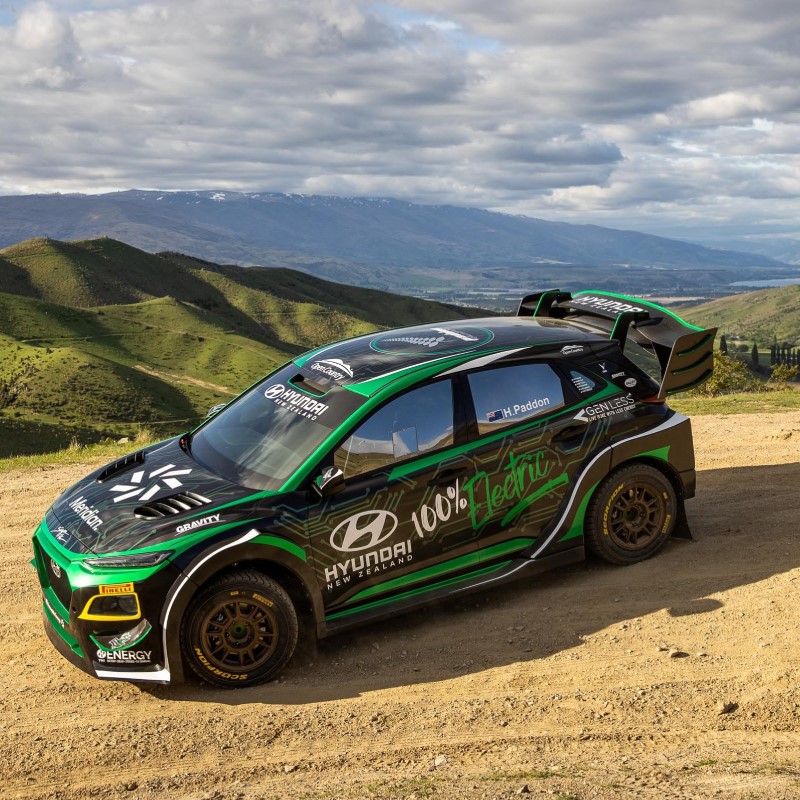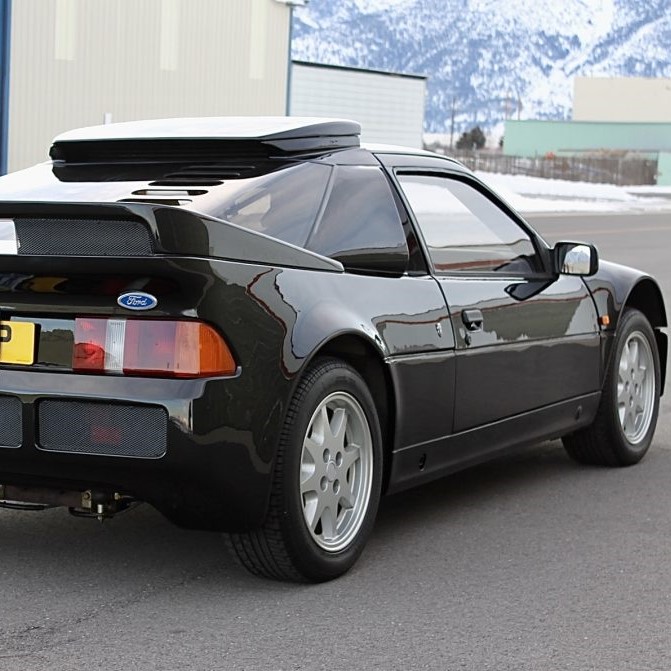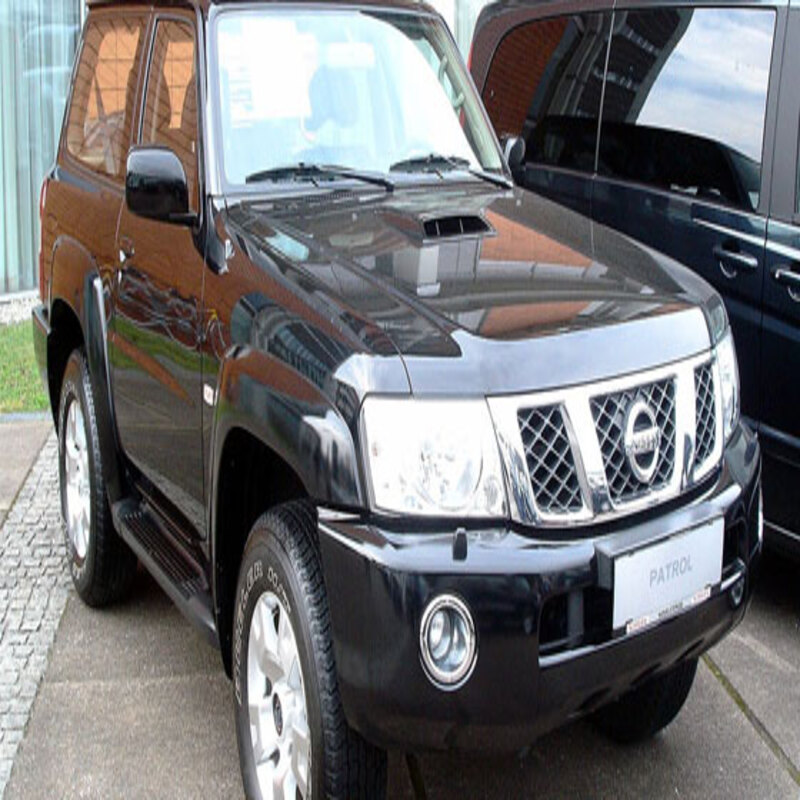How fast do rally cars go? Watching the World Rally Championship, it’s clear rally cars can sustain incredibly high speeds over all types of terrain. But just how quick are the latest WRC, Rally2, and Rally3 machines? What factors limit velocity on stages? Let’s delve into what determines rally car top pace and how progress keeps increasing speed decade after decade.
Peak Speeds of Modern Rally Cars
The top-tier WRC class cars can hit staggering speeds over 160 mph where conditions allow. Heavy braking over crests and into corners sheds 100 mph nearly instantly too. The forces involved take immense skill and conditioning to handle.

WRC cars run 1.6L turbocharged engines making over 380 horsepower depending on restrictor size. Rally2 models utilize 2.0L turbos with around 290 hp. Both feature advanced differentials and sequential gearboxes allowing rapid acceleration and high top speeds assuming traction.
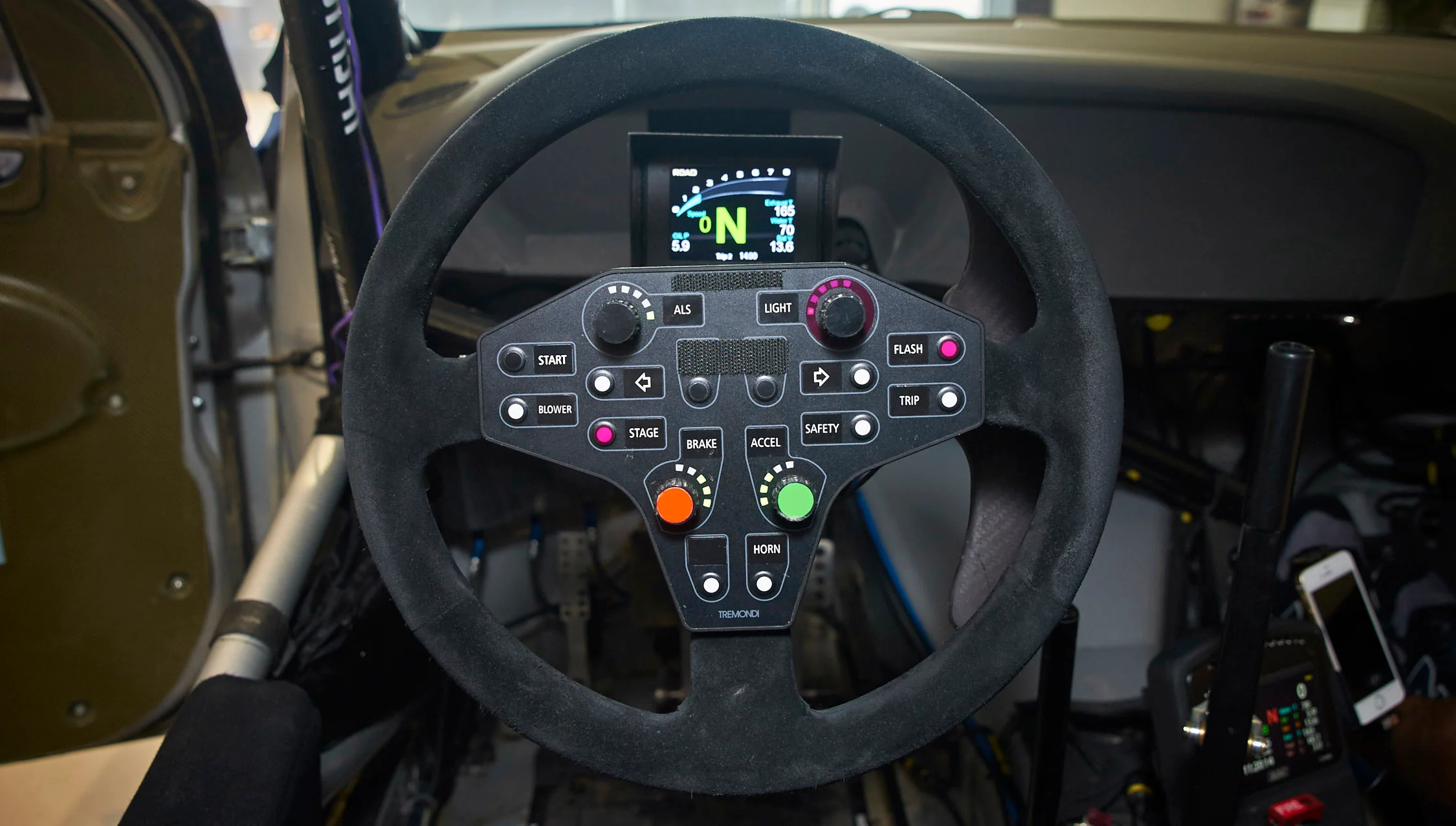
Rally3’s lower power of around 210 hp from naturally aspirated 1.6L engines reduces the top pace but still allows over 120 mph velocities. Even Rally4 and Rally5 cars can touch 100 mph thanks to lightness maximizing momentum on fast roads.
How Stages Limit Speeds

While WRC cars can theoretically top 175 mph, real-world rally stages present limits. The composition and geography of roads influence maximum speeds far more than power alone:
Tight, twisty mountain passes prevent extending out.
Heavy gravel or snow requires slowing to retain grip and traction even at speed.
Weather conditions like ice or rain compromise available traction.
Sharper turns and tighter chicanes on any surface demand braking.
Crests and jumps in stages interrupt acceleration.
As a result, most stages have lower average speeds around 60-80 mph punctuated by momentary bursts around straight sections. Blind crests often mandate braking to avoid surprises next. Ultra-high speeds rely on open, flat roads with visibility.
How Speeds Have Progressed
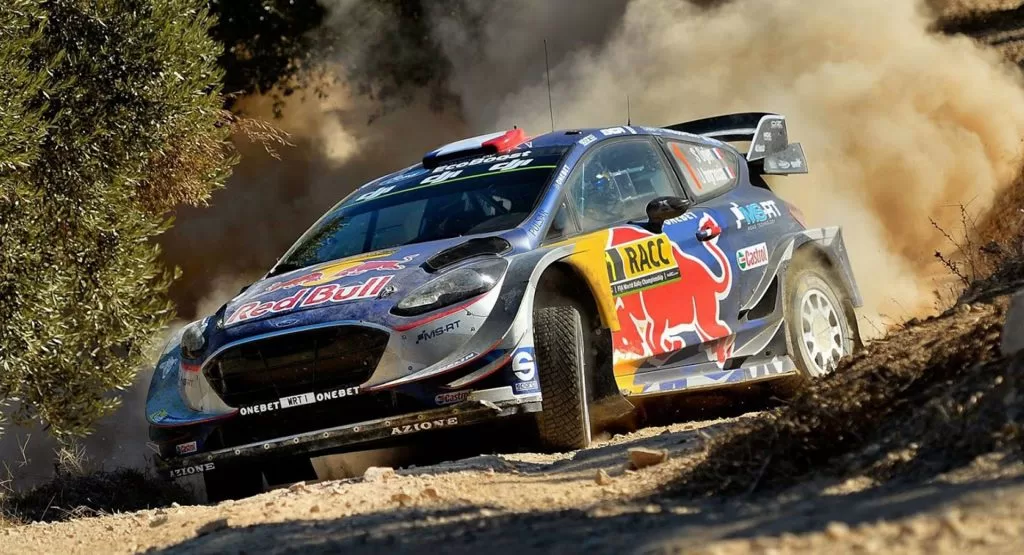
As rally cars evolved from production sedans to spaceframe prototypes, power, and grip allowed ever faster velocities:
1960s and 70s: Early rally sedans like the Ford Cortina topped out around 110 mph on select stages.
Group B (1980s): High-tech rally prototypes exceeded 150 mph thanks to 400+ hp and downforce.
Group A (1990s): Turbo sedans like the Lancia Integrale reached around 130 mph at their peak.
World Rally Cars (2004-on): thanks to maximized aero, suspensions and power over 380 hp, 160+ mph was achievable for top teams.
Hybrid WRC (2022-on): Extra electric boost will push speeds even higher over the next decade.
While conditions dictate real speeds, car development enables potentially higher limits for each generation. Aerodynamics, power, and suspension advancements allow confident control at velocities that were unfathomable just decades ago.
Demands of Piloting at High Speeds
Maintaining these high rates of travel through all types of corners, over jumps, and around obstacles demands prodigious car control and precision. Rally drivers fight physiological forces while processing pace notes and surroundings at up to 170 mph.

Sensory inputs become overwhelming. Tunnel vision is common under hard braking above 100 mph. Arms and neck muscles get taxed counteracting g-forces through ultra-high speed turns. Fighting motion sickness and disorientation takes intense concentration and fitness. WRC cars represent driving on the absolute limit for both cars and humans.
Why Speed Matters in Rally
Spirited debate exists among rallying purists about whether the pursuit of the highest speeds detracts from the sport’s core values. But for modern WRC teams and drivers, maximizing velocity plays a key engineering and economic role by providing:
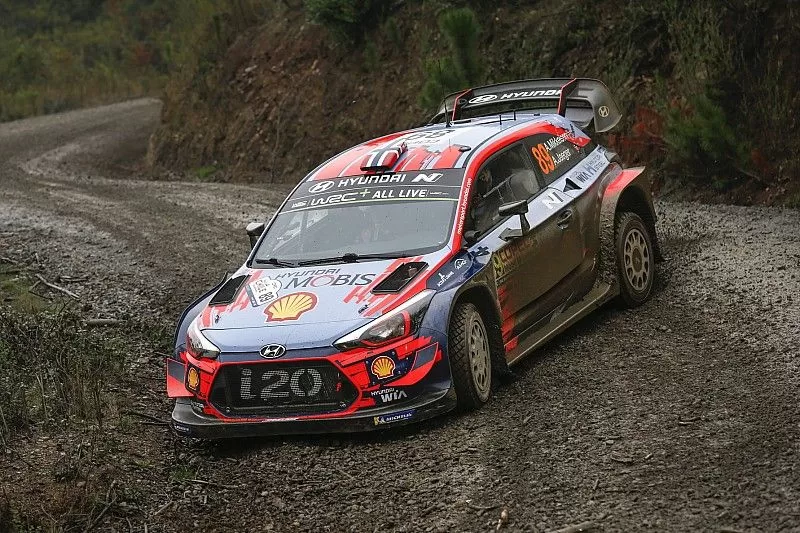
Valuable marketing headlines and concrete performance benchmarks.
Data that feeds back into production vehicle development.
Essential experience pushing machines and drivers to their upper limits.
Excitement and spectacle value for events and broadcasts.
Within the greater context of rally racing, outright speed remains secondary to smart driving. But the ever-escalating pace of cars continues driving innovation and thrill – if teams stay in control. Rally demands teams walk this razor’s edge.

